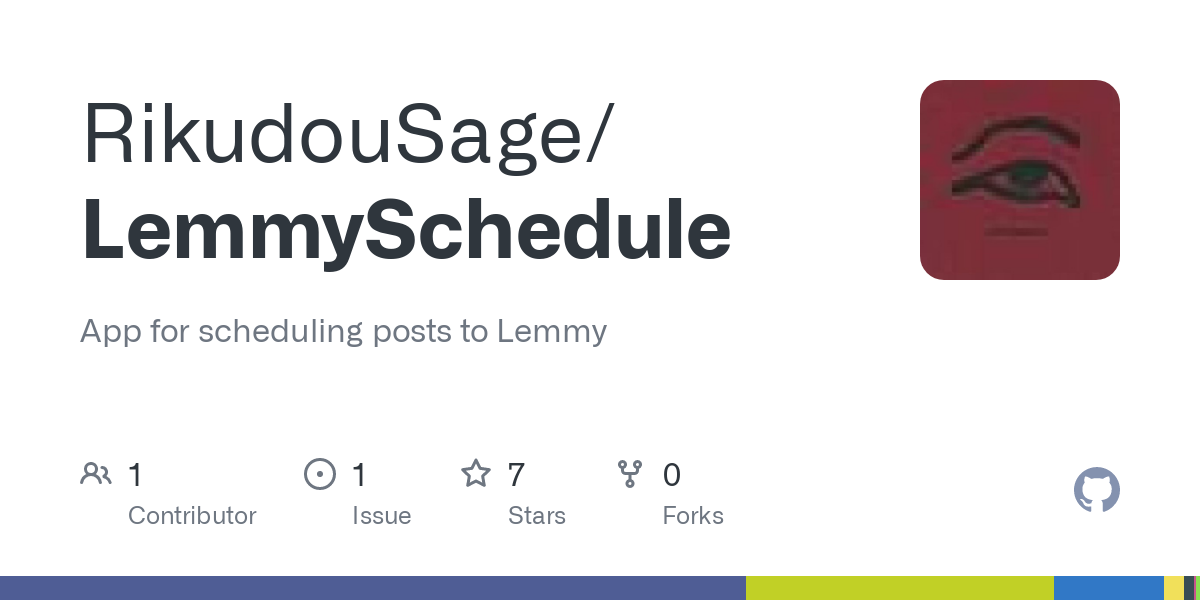

It’s a cluster of workers where everyone can generate images/text using workers connected to the service.
So if you ran a worker, people could generate stuff using your PC. For that you would gain kudos, which in turn you can use to generate stuff on other people’s computers.
Basically you do two things: help common people without access to powerful machines and use your capacity when you have time to use the kudos whenever you want, even on the road where you can’t turn on your PC if you fancy so.


Good luck! I did the same recently. I wrote my own blog system, though. I can share it with you, but I’m not sure it’s the best for anyone else, there were some shortcuts taken given I did not intend to share it.
You can check out my blog and let me know whether you want to try it: https://chrastecky.dev/ (or federated: !programming@chrastecky.dev, !3d-printing@chrastecky.dev, !gaming@chrastecky.dev).